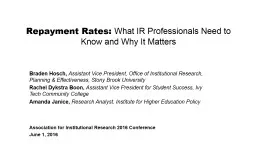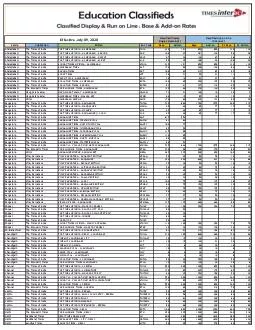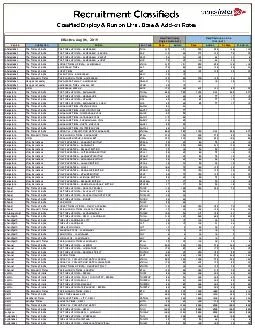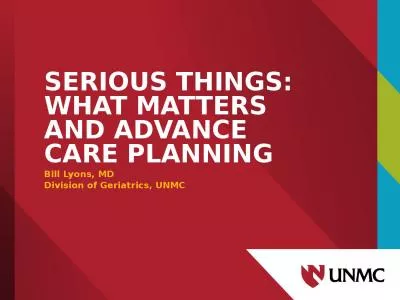PPT-Repayment Rates: What IR Professionals Need to Know and Why It Matters
Author : faustina-dinatale | Published Date : 2018-09-25
Braden Hosch Assistant Vice President Office of Institutional Research Planning amp Effectiveness Stony Brook University Rachel Dykstra Boon Assistant Vice President
Presentation Embed Code
Download Presentation
Download Presentation The PPT/PDF document "Repayment Rates: What IR Professionals ..." is the property of its rightful owner. Permission is granted to download and print the materials on this website for personal, non-commercial use only, and to display it on your personal computer provided you do not modify the materials and that you retain all copyright notices contained in the materials. By downloading content from our website, you accept the terms of this agreement.
Repayment Rates: What IR Professionals Need to Know and Why It Matters: Transcript
Download Rules Of Document
"Repayment Rates: What IR Professionals Need to Know and Why It Matters"The content belongs to its owner. You may download and print it for personal use, without modification, and keep all copyright notices. By downloading, you agree to these terms.
Related Documents














